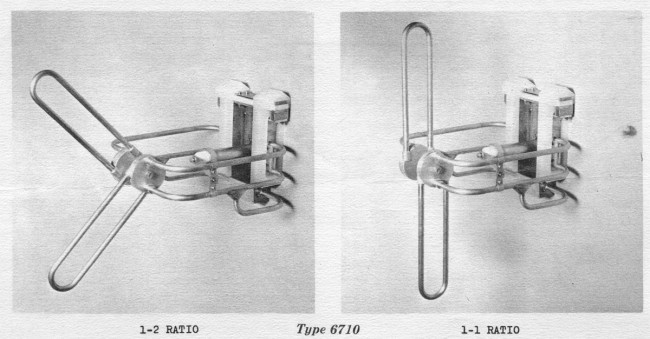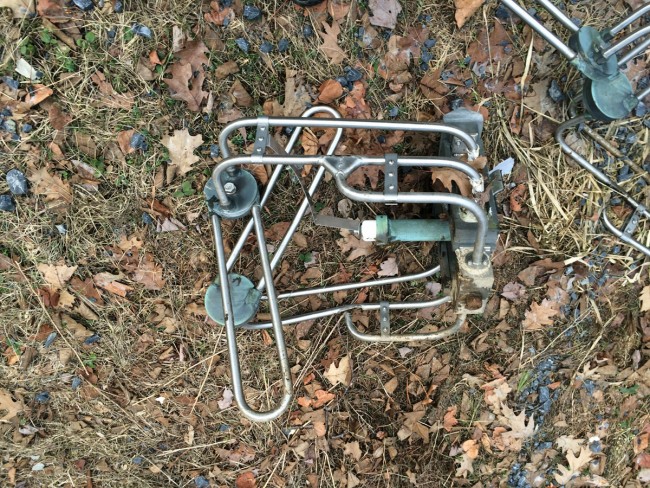
Perhaps that is one Shively Antenna that you haven’t heard of. They were an oddball combination of a horizontally polarized antenna with an adjustable vertical element. This design allowed the station to adjust the ratio of horizontal to vertical power from a range of 1:1 to about 4:1 (H:V). Why would this be a desirable feature?
Back in the early days of FM broadcasting, almost all stations had horizontally polarized antennas. This system worked remarkably well, stations could broadcast at moderate power levels over fairly long, line-of-sight (or mostly line-of-sight) paths. Most FM receivers were stationary units installed in people’s homes often with outdoor antennas.
It was not until the late 1960s and early 1970s that FM radio receivers became a stock option in most low and mid-cost automobiles. It was then that a slight problem with FM broadcasting was discovered; car antennas are vertically polarized. People driving around in their new machines found that the FM reception was not all that great. Stations began adding a vertical component to their signal to help improve the mobile reception situation.
I found this Shively Brochure in a file cabinet drawer at the WFLY transmitter site. This model antenna was ordered and installed by that station in 1970. It had a 3:1 horizontal-to-vertical ratio. Why not install a fully circularly polarized antenna? Because often that necessitated installing a new, more powerful transmitter. Every watt of power taken from the horizontal plane and added to the vertical plane reduced the ERP by that much and had to be made up with more transmitter power output. Oftentimes, the ratio of H:V power would be adjusted to take up whatever headroom there was in the transmitter and the station would run that way until the next transmitter replacement cycle.
I found the remains of this antenna in the woods, northeast of the tower.

This section looks pretty well destroyed. It is probably better to dispose of these types of things by scraping, them rather than dumping them in the woods. While there is not a lot of scrap value to this unit, it can become attractive nuisance to copper thieves and other vandals if it is left laying about.
It is a strange-looking piece of kit, a sort of make-do until the situation could be fully rectified. I think this antenna was in service until 1986 or 87 when it was replaced with a circularly polarized ERI.
